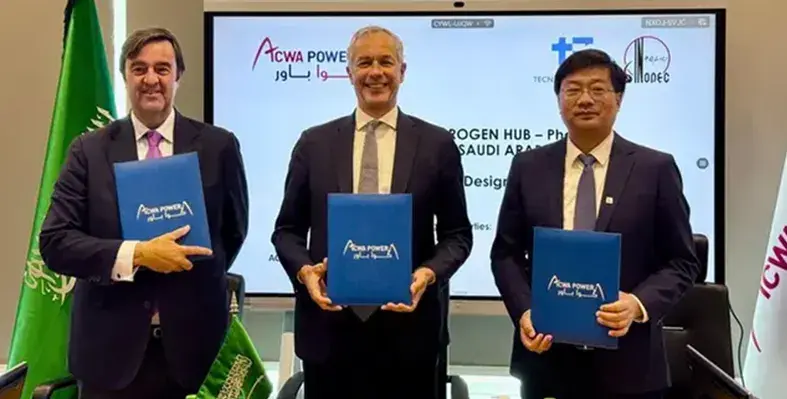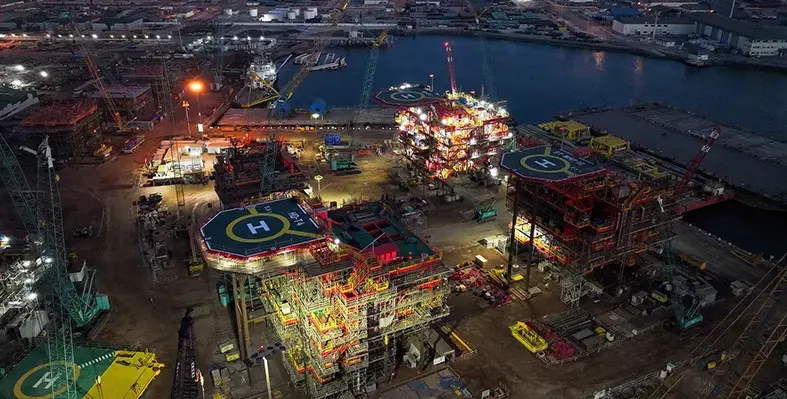Cities are responsible for approximately 75% of global energy consumption and 80% of CO₂ emissions, according to a July 2025 review in Sustainable Futures Journal. To effectively cut energy waste, researchers emphasise the need to shift focus from individual buildings to managing energy at the district level.
Some cities are already embracing this approach. Amsterdam and Copenhagen are at the forefront, developing Positive Energy Districts (PEDs), urban zones designed to produce more energy than they consume. These districts typically combine residential buildings, retail spaces, transport systems, and offices into compact, mixed-use environments. Their design not only maximises energy efficiency but also enables the seamless integration of decentralised energy sources and smart infrastructure.
“We’re sure that more and more mixed-use neighborhoods will appear – but they can’t be treated the same as individual buildings. The complexity creates new challenges,” said Donatas Karčiauskas, CEO of Exergio, a company that develops AI-based platforms for energy optimization in commercial buildings. “We need a uniform set of rules on how energy is managed if we seek global change.”
The International Energy Agency (IEA) also reinforces the importance of this district-wide approach. Its Energy Efficiency Policy Toolkit 2025, released in June, stresses that national policies must support urban innovation by aligning regulations, building codes, and data-sharing frameworks. Without this foundational support, localised energy systems may remain fragmented, reducing their overall impact.
Better HVAC systems
In practice, many of these innovations are being trialled in what are known as “urban living labs”, experimental spaces where cities test new energy systems and management strategies. These labs now include advanced features such as building-integrated photovoltaics, solar-powered cooling, real-time monitoring at the district scale, and predictive heating, ventilation and air conditioning (HVAC) systems.
“When national and municipal strategies align, cities can move faster from policy to implementation. Even in technically advanced districts, we still see energy being used at the wrong time or in the wrong place,” said Karčiauskas. “Digital control plays a bigger role than being just an efficiency tool. At the core, it’s how buildings exchange data and respond to each other. In mixed-use areas, that back-and-forth is what separates smart systems from wasteful ones.”
However, not all projects deliver consistent results. Studies show that the way systems interact across buildings can significantly impact performance. According to energy researchers like Vilius Karčiauskas, the choice of technology may be less important than how energy use is coordinated across the entire district. Adaptive control, where systems automatically adjust energy consumption in response to real-time conditions, is emerging as a key solution.
With the advancement of artificial intelligence, energy optimisation platforms that connect different buildings and infrastructure are becoming increasingly viable. These platforms can collect and analyse large datasets, enabling systems to communicate and adapt to varying demands across a district. This makes them well-suited to support PEDs and other neighbourhood-level sustainability efforts.
As cities continue to grow and face mounting environmental pressures, shifting towards integrated, AI-enabled district energy systems could be a crucial step in reducing emissions and improving efficiency on a meaningful scale.









